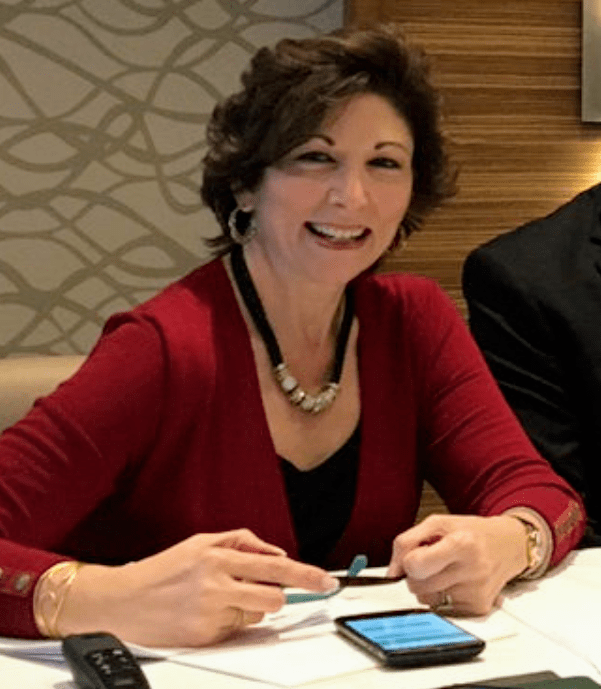The $10 billion Homeowners Assistance Fund (HAF) is designed to provide mortgage borrowers impacted by the COVID-19 coronavirus pandemic with financial assistance to keep their loans in good standing, with few strings attached and departments set up in every state. However, getting the word out about the availability of funds has been challenging for servicers, a truth which is also very apparent on the reverse mortgage side of the business.
This is according to reverse mortgage servicing experts employed by Celink and Reverse Mortgage Solutions (RMS), respectively, in a presentation and interview taking place at the recent National Reverse Mortgage Lenders Association (NRMLA) Western Regional Meeting in Irvine, Calif. late last month.
Education falling short
The HAF fund was established by the American Rescue Plan Act of 2021, and was a central pillar of President Joe Biden’s agenda upon entering office. It aimed to combat the economic turmoil caused by the COVID-19 pandemic, and features $1.9 trillion of relief for Americans in the form of direct cash payments, the expansion of unemployment programs and additional funds for a national vaccination program to fight the virus.
As a component of the law — passed by Congress and signed by the president in March 2021 — $10 billion was set aside for HAF to provide direct relief to homeowners who had been impacted financially by the pandemic. Reverse mortgage borrowers qualify for HAF funds, which can be applied to delinquent taxes or homeowner’s insurance payments: two sums necessary to keep a reverse mortgage loan in good standing.

Unfortunately, a sluggish rollout and lacking education on the topic have depressed the potential reach of HAF funds for reverse mortgage borrowers. When asked for a show of hands during the NRMLA event, servicing professionals Gail Balettie of Celink and Leslie Flynne of RMS/Ocwen Financial were disappointed by how few of the assembled industry professionals described awareness of HAF availability for reverse mortgage borrowers.
“That’s why we’re going to talk about it,” Balettie said in response to the show of hands.
The generally easy path to at least begin the process for getting monetary relief to reverse mortgage borrowers was emphasized by Flynne.
“I just want to tell you that [the HAF] is an absolute godsend to people who have run out of money and cannot pay their taxes and insurance,” she said. “It’s a gift from the U.S. government. All they have to do is apply, but unfortunately, we can’t get borrowers to apply. It’s unbelievable, but what we need you to do [is get your affected borrowers to apply].”
Slow pace for getting programs online
One of the things which could be affecting the ability to serve more impacted borrowers is the speed at which these HAF programs are coming online in the individual states. As RMD reported earlier this year based on an investigation by the Texas Tribune, Texas’ HAF program only came online after 25 other states already had their programs in place.
Like Texas, other states took several months to implement their assistance programs after President Joe Biden signed the American Rescue Plan Act into law in March, 2021. Other high-population states including New York and California set their own programs up in mid-December. Vermont got its program off the ground in late January.
“All they have to do is attest to the fact that they had COVID impact,” Balettie said of reverse mortgage borrowers. “They could have had an income decline if they have a part-time job, or had expenses. Maybe they were in the hospital, or had family members who had COVID impact. I mean, almost all of us have had some kind of COVID impact in our lives.”
If an originator knows of a borrower in default of their reverse mortgage for taxes, insurance or other property charges, they need to locate their state’s HAF program and apply for funds, Balettie added. Servicers have facilitated the necessary registration and paperwork to get registered with all 50 state programs, she added, but the results are very real for affected borrowers.
“We have done all of [the necessary registration], largely,” she said. “And I’m happy to say that while I’ve been at this conference, we’ve gotten our first $150,000 and cured between seven and eight borrowers from foreclosure.”
Program particulars, how originators can help
Flynne described how in the state of California, the amount available for an impacted borrower is $80,000. In New York, the total is $50,000.
“Each state is different, “Balettie added. “If you look at all the program guidelines [in each state], some of them are even paying for wifi and utilities. But, the seniors won’t answer the phone when we call.”
This is where reverse mortgage loan originators can come into play. Since LOs often remain the prime point of contact for a borrower for sometimes years after a loan closes, they may be uniquely suited to reach out to their past clients and inform them of HAF availability if they have fallen behind on their applicable taxes or other fees.
“We have done everything we can possibly think of,” Balettie says of getting the word out to reverse mortgage borrowers. “I’ve had HAF messaging on my statements since January, we do outbound phone call campaigns, we have it on our website, we do email campaigns, everything other than hiring homing pigeons.”
Seniors may simply decline to answer these communications if they feel there’s a chance they may not be legitimate. Loan officers, or other stakeholders who have an established relationship with borrowers, have the potential to make all the difference in terms of making a connection, the pair said.
Find more information about the fund at the CFPB.



